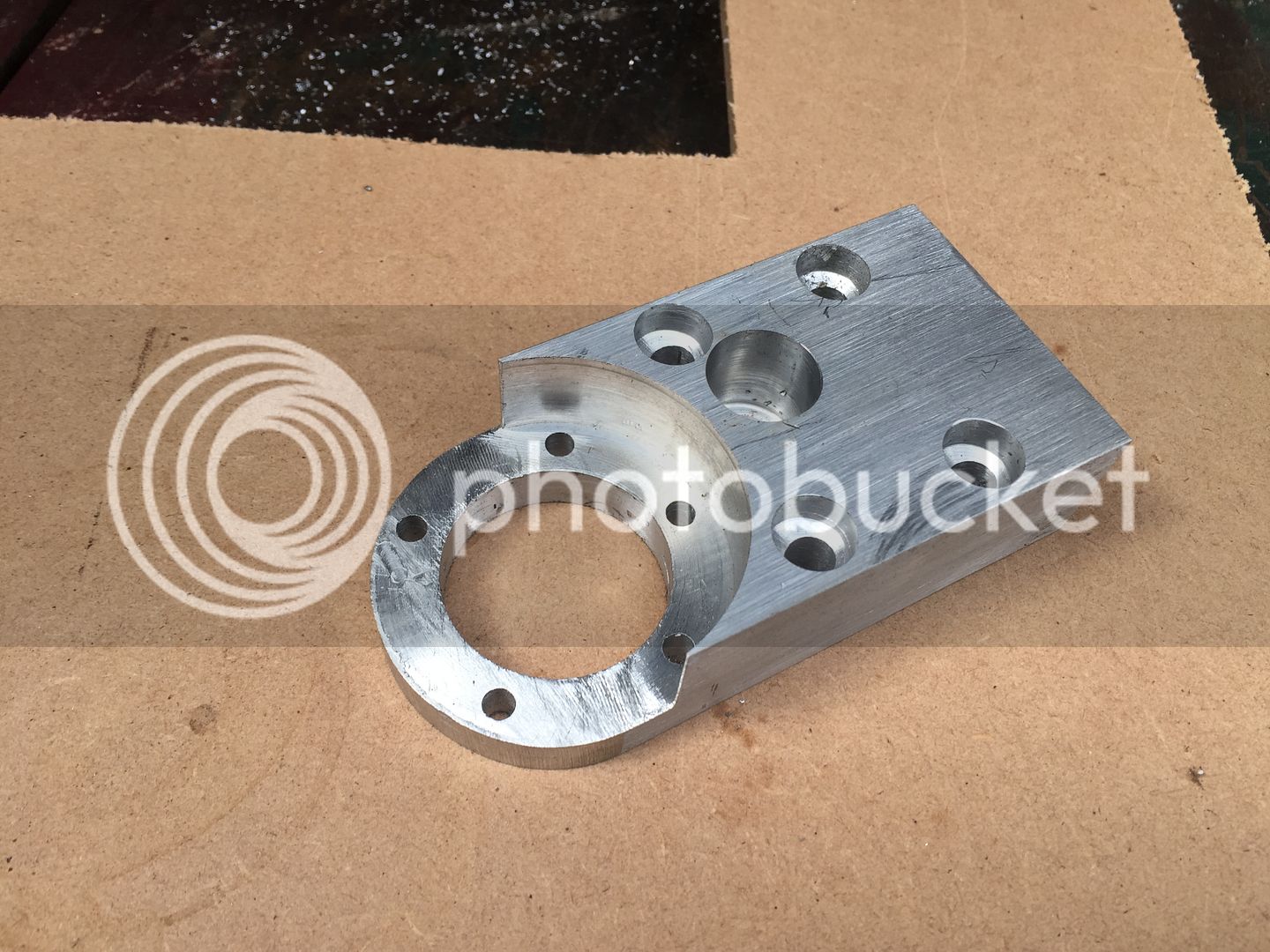Herbie---It gets very confusing, doesn't it. Earlier this summer, I drew up 40 or 50 drawings of a shaper for a gentleman in Australia, who came originally from England. He provided me with all the finished sketches to work from. Only problem was that all of his sketches were first angle projection, as he had been trained in England. I have always worked with 3rd angle projection. I found that although his sketches were very well done, I had a terrible time reading his drawings, for to me, all of his projected views were "backwards". This caused me more than a few puzzled moments when I was trying to redo his work in cad.---Brian








